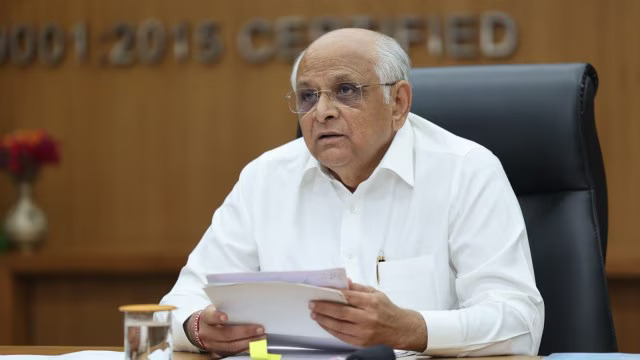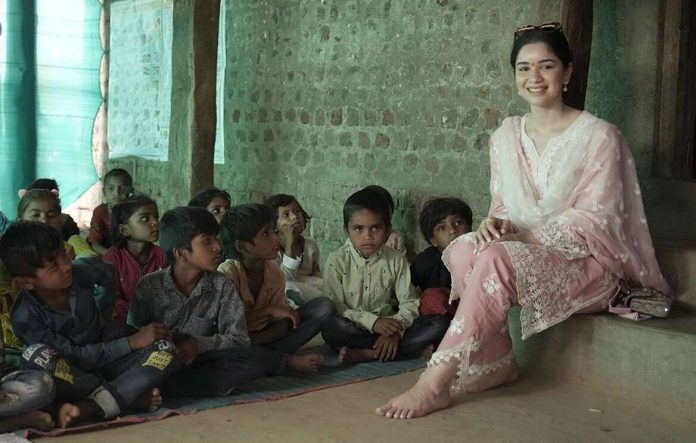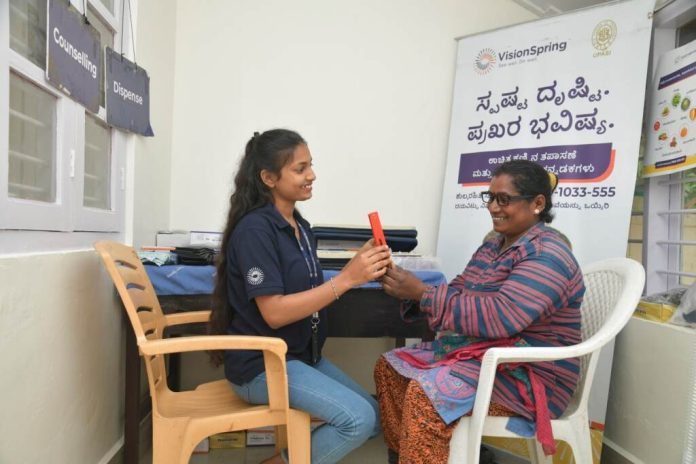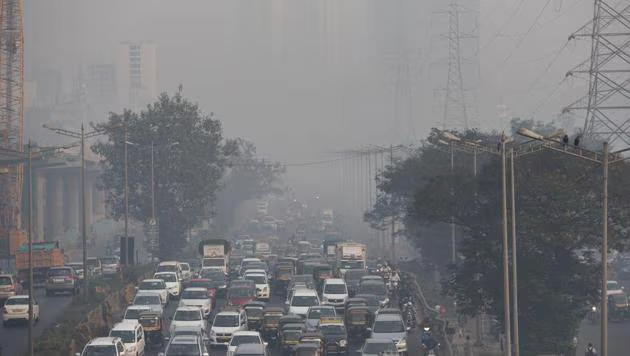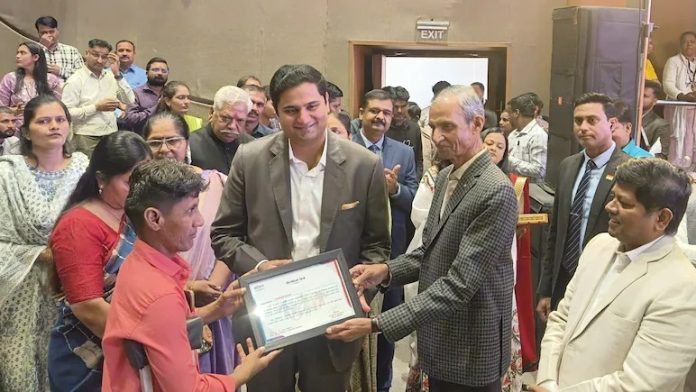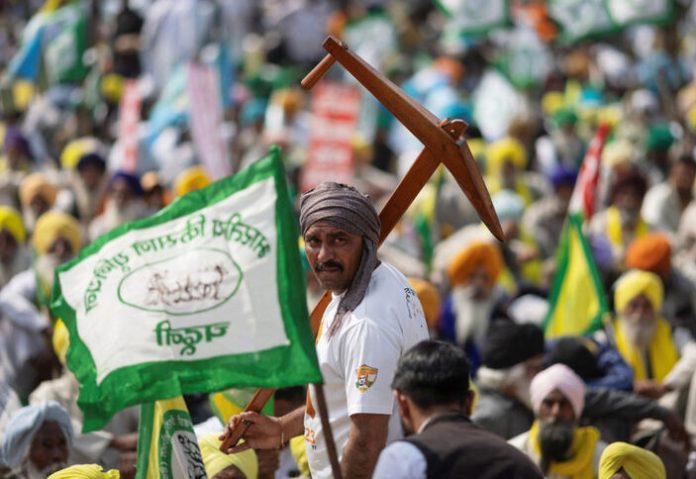CSR News: Strong growth in international student enrolments in New Zealand
New Zealand’s international education sector is rebounding strongly, up 24 per cent year-on-year and 6 per cent above 2023 totals, Tertiary Education and Skills Minister Penny Simmonds says.
“With 73,535 enrolments between January to August 2024, more enrolments have been achieved in just two terms this year than we saw in all of last year,” Ms Simmonds says.
“This strong growth in international student enrolments is a testament to New Zealand’s global reputation for high-quality education. These students not only enrich our campuses but also significantly boost our economy, contributing to jobs, local businesses, and communities nationwide.
“With historical trends pointing to further enrolment increases before year-end, these are really positive results for our education providers. International education is not just about numbers – it’s about building lasting global connections, fostering innovation, and positioning New Zealand as a leader in education and research.
“The enrolments show national recovery as well as significant regional gains from 2023. Gisborne has experienced remarkable growth with an increase of 126 per cent, Marlborough has had an increase of 45 per cent, Hawke’s Bay has increased of 28 per cent, and Waikato is up 26 per cent.
“Universities and schools are driving growth, with universities enrolling 31,345 international students, a 14 per cent increase, and schools rising by 33 per cent to 16,815 students, including 69 per cent surge in primary school enrolments. Funded private training establishments also grew by 80 per cent on last year.
“Diversity in source markets strengthens our education sector. While China and India lead, enrolments have grown from the US, Thailand, Germany, Sri Lanka, and the Philippines, each now contribute 3 per cent of international students.
“Every funded part of the sector has seen growth this year, with universities now just 7 per cent below pre-pandemic levels, reflecting the resilience and adaptability of New Zealand’s education providers,” Ms Simmonds says.
Disclaimer: This media release is auto-generated. The CSR Journal is not responsible for the content.
CSR News: Annual Blood Donation Drive on December 6, 2024
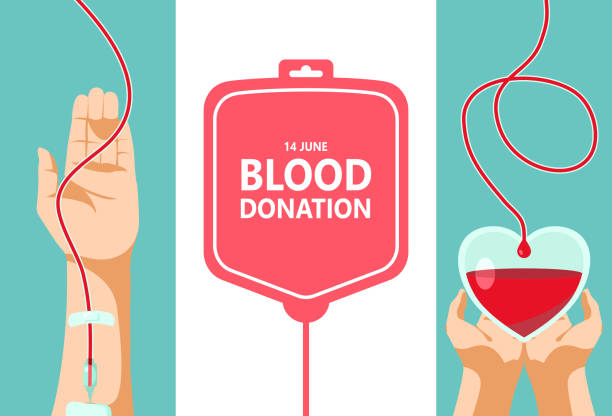
HDFC Bank, India’s leading private-sector bank, is set to organize the 16th edition of its nationwide Blood Donation Drive under its flagship CSR initiative, Parivartan. The drive, scheduled for December 6, 2024, from 9:30 a.m. to 5:30 p.m., will span across over 1100+ cities across India.
This year, HDFC Bank anticipates much larger participation than last year, and expects to collect over 6 lakh units of blood. Participants will include HDFC Bank employees, customers, corporates, members of the defence forces, students, and general community members. The initiative emphasises the Bank’s commitment to community welfare and plays a crucial role in addressing India’s blood supply challenges.
“At HDFC Bank, we firmly believe in the transformative power of community-driven initiatives. Through our 16th All-India Blood Donation Drive, we aim to provide a platform for citizens to make a meaningful contribution to society. Every drop of blood donated has the potential to save lives, and we are committed to fostering a culture of giving and responsibility,” said Mr. Kaizad Bharucha, Deputy Managing Director of HDFC Bank.
“Blood donation is not just an act of generosity–it is a lifeline for those in need. At HDFC Bank, our employees come together each year to organise the annual blood donation drive, which has grown exponentially over the past 16 years. Their dedication exemplifies our commitment to building a stronger, healthier community. Every drop counts, and together, we can save lives,” said Mr. Bhavesh Zaveri, Executive Director, HDFC Bank.
Each year, HDFC Bank partners with renowned blood banks and healthcare organisations to ensure the drive’s success. This year, the initiative will once again collaborate with reputed blood banks, in addition to working alongside government authorities and various NGOs, ensuring a widespread impact across the country.
The drive is open to anyone between the ages of 18 and 60 who is in good health. Those interested can walk into any of the participating camps to donate. The full list of locations is available on HDFC Bank’s website and other digital platforms.
Since its inception in 2007, the Blood Donation Drive has witnessed remarkable growth, expanding from just 88 centers and 4,385 units collected to over 7,487 camps and nearly 6 lakh units of blood in 2023. In the last year, more than 1,900 colleges, 700 corporates, and 100 defense and service personnel groups participated.
This exponential increase underscores the tremendous impact and widespread participation the initiative has garnered across India over the years. The HDFC Bank Parivartan Annual Blood Donation Drive set a Guinness World Record in 2013 for conducting the ‘Largest (single-day, multiple-venue) Blood Donation Drive.’
How to Participate
To register or donate, participants can visit any of the participating blood donation camps on December 6, 2024. A simple registration process will be followed, ensuring the safety and health of all donors. For more information on camp locations, registration, and other details, please visit – (https://leads.hdfcbank.com/
Disclaimer: This media release is auto-generated. The CSR Journal is not responsible for the content.
Indian Navy Day: Naval Modernisation Key to Strength in Indo-Pacific
Almost five decades ago, in 1971, the Indian Navy launched an offensive operation on a Pakistani port city, also its naval headquarters: Karachi. The Indo-Pakistan war was in full swing. The operation saw the use of an armada of warships, a fleet of air fighters, floating aircraft carriers, and an invisible submarine. India was using its combative anti-ship missile for the first time. After its launch on the night of the fourth of December, ‘Operation Trident’, was successful in sinking three ships with no loss of its own.
It is to commemorate the historical date of victory of the Indian Navy, that December 4 is celebrated as the Indian Navy Day. The motto of this water security unit of India guarding the vast coastline and marine routes is: ‘May the Lord of Water be Auspicious on to Us’.
Today, the Indian Navy has extended from India’s coastline to the global waters. Doing so has become a necessity. While the Air Force and Indian Army are confined within the country’s borders, the Indian Navy rows in disputed waterways for reasons of trade and communication.
Indian Navy’s Extended Roles
The Indian Navy has a very active role in ensuring peaceful trade and export between India and the rest of the world. In the Indo-Pacific region, India has aligned trading interests with countries like Japan, South Korea, etc, which together account for 55% of the total trade by volume. To add to this, one-third of the global shipping passes through the South China Sea, which lies very near to the Indian waters.
This makes India stand in a strategic position geographically. However, aggression by China, visible from its 2023 edition of the 10-dash line map and the Maritime Silk Route (MSR) strategy has made ASEAN countries of the Indo-Pacific anxious. This anxiety is about losing fishing rights, valuable hydrocarbon reserves, land masses, and in extreme cases, even the serenity of a particular country.
Responding to this, the Indian Maritime Security Strategy (IMSS) along with the Act East policy (AEP) with an Indo-Pacific vision will steer the Indian Navy in International waters. This is also supported by the ASEAN countries who are more receptive towards the cultural and military overtune of India. For this, the Indian Navy is focusing on developing Indigenous platforms, systems, sensors, and weapons to modernise, upgrade and expand its maritime presence.
Early this year, the Indian Navy acquired the 200 BrahMos extended-range supersonic cruise missile worth ₹19,000 crore. Later in October 2024, the Indian Navy reportedly signed another deal for the manufacturing of two nuclear-powered attack submarines at the shipbuilding centre in Visakhapatnam worth ₹45,000 crore. Adding to this, 30 general atomic MQ-9B hunter-killer drones are being procured from the United States at a total cost of around 3 billion.
In terms of manufacturing, India seeks a transformational shift from a buyer to a supplier. To facilitate this, the Indian Navy has developed over 60 vessels of various types, including destroyers, frigates, conventional nuclear-powered submarines and ships.
Modernisation to Ensure Regional Stability
India’s location between the Middle East and Southeast Asia makes it fall between a crucial maritime crossroads. The Indian Ocean accounts for over 80% of the worldwide oil trade through seas. Because of its strategic position, the Indian Navy is going through a significant modernisation aimed at enhancing defence capabilities, along with putting India in the position of a key player in regional geopolitics.
The country has been rapidly expanding its fleet of ships with particular emphasis on aircraft carriers, submarines and multirole surface compact. Back-to-back flight tests of vehicle launch short rain surface to air missile (VLSRSAM) were conducted in September 2024. This technology is developed by DRDO in collaboration with the Indian Navy to protect India’s coastline during critical situations.
Ahead of this year’s Navy Day, the Indian chief Admiral Dinesh K Tripathi spoke about the introduction of two nuclear-powered submarines and the procurement of 26 Rafael-M fighter jets and three Scorpene submarines.
This naval modernisation is not happening in isolation but is accompanied by strengthening the Indian Navy as well as the Air Force. Alongside the country’s engagement with the US, Japan and Australia through the QUAD will also enhance the Indian naval Corporation in the vast Indo-Pacific.
CSR to provide vision screenings and corrective eyeglasses to tea and coffee workers in Tamil Nadu, Karnataka, and Kerala
Chennai, India: VisionSpring Foundation has recently begun its collaboration with The United Planters’ Association of Southern India (UPASI) under its ongoing ‘Livelihoods in Focus’ outreach programme. The partnership will provide vision screenings and corrective eyeglasses to more than 2,00,000 tea and coffee workers and their families in Tamil Nadu, Karnataka, and Kerala by 2028, transforming these states into clear vision regions.
The ‘Livelihoods in Focus’ outreach programme is designed to boost the productivity and earning potential of tea, cocoa, coffee and artisan communities by correcting their vision through eyeglasses. The programme focuses on agricultural workers because they have many tasks that require clear sight, and their work can have an outsized impact on the economy. Evidence supports this approach, a 2018 study demonstrated that providing eyeglasses to tea garden workers increased their productivity by up to 32%1
This VisionSpring Foundation and UPASI initiative will improve the visual health of communities in the agricultural and plantation sectors, strengthening Southern India’s economy.
Around 2,00,000 tea and coffee workers in Tamil Nadu, Kerala and Karnataka will have their vision screened, many of whom suffer from uncorrected refractive errors and other vision impairments. This initiative builds upon the 3,50,000 tea and coffee workers and community members that VisionSpring Foundation has served to date.
By providing eyeglasses, agriculture workers in Tamil Nadu, Karnataka, and Kerala will see a potential increase of INR 323 crore in income.
Disclaimer: This media release is auto-generated. The CSR Journal is not responsible for the content.
Mumbai Air Quality report: Malad West and Bandra Kurla among the most polluted areas
Mumbai, India: A latest report by Greenpeace India, “Beyond North India: NO₂ Pollution and Health Risks in Seven Major Indian Cities”, reveals alarming levels of nitrogen dioxide (NO₂) pollution in Mumbai.
Nitrogen dioxide (NO₂) is a near-invisible toxic gas closely linked to traffic and fuel burning, common in urban areas. That means vehicles and energy generation from fossil fuel are important sources of NO₂.
In 2023, the city’s annual average NO2 concentration exceeded the WHO health guideline at 22 of 24 Continuous Ambient Air Quality Monitoring Stations (CAAQMS). Malad West recorded the highest levels, followed by Bandra Kurla, a roadside station near a bus depot. Daily NO2 averages also surpassed the guideline, with Mazgaon and Sion exceeding the limit for over 70% of the year. Mazgaon recorded 267 days above the limit.
Overwhelming scientific evidence links NO₂ exposure to adverse health impacts such as risk of asthma, airway inflammation, respiratory irritation, and the worsening of existing respiratory conditions. It can impair lung development, intensify allergies and increase susceptibility to respiratory mortality and death from circulatory diseases, ischemic heart disease, and even lung cancer. Children who make up to 10% population are the most affected by the continuous exposure to unhealthy concentrations of NO₂. Achakulwisut et al. (2019) estimated that 3,970 cases of paediatric asthma could be attributed to NO2 pollution in Mumbai in 2015.
“This report underscores a crucial truth: air pollution is not limited to Delhi or North India. The transportation sector is the largest contributor to high NO₂ levels across cities in India. As cities grow, the rise in private vehicles worsens air quality and jeopardizes public health. To tackle this, we need a fundamental shift towards a sustainable, efficient public transportation system. Investing in cleaner, more accessible transit options is not just an environmental necessity—it’s an urgent public health imperative. The government must prioritize cleaner mobility solutions to ensure a healthier future, said Selomi Garniak, Climate Justice Campaigner at Greenpeace India.
Annual average NO2 concentrations for all CAAQM monitors in Mumbai, 2023. Monitoring stations we classified as roadside are shown in dark blue.
India’s response to air pollution, especially NO2 pollution, falls short of global health standards. The country’s National Ambient Air Quality Standards (NAAQS) are less stringent than WHO guidelines and have not been updated in 15 years, leaving millions vulnerable to the harmful effects of poor air quality.
To address the air pollution crisis in cities like Bengaluru, Hyderabad, Chennai, Mumbai, Kolkata, and Pune, Greenpeace India recommends a region-specific approach. This includes updating NAAQS, strengthening primary healthcare to diagnose pollution-related conditions, implementing a health advisory system, and prioritizing interventions for vulnerable groups (children, elderly, pregnant women, outdoor workers, and those with pre-existing conditions).
Air pollution is a growing public health threat in India, requiring bold, innovative solutions. One such solution is an affordable ‘Clean Air Concession’ for public transportation. By making mass transit more accessible, this policy can encourage people to leave their cars behind, reducing congestion and harmful emissions. This simple measure can significantly improve air quality, public health, and create more inclusive, healthier cities, said Aakiz Farooq Mobility campaigner at Greenpeace.
Local governments should focus on reducing vehicular emissions by improving public transport, such as offering free travel for women. Investment should also be directed toward developing hybrid air quality monitoring networks that combine low-cost sensors, existing systems, and satellite data to track progress and support effective interventions.
Key highlights
1. The city’s 2023 annual average NO2 concentration exceeded the WHO health based guideline at 22 out of 24 CAAQM monitoring stations.
2.The station with the highest NO2 annual average was Malad West was classified as a roadside station, located near a bus depot.
3.Two stations (Mazgaon and Sion) measured daily average NO2 concentrations higher than this guideline over 70% of the year, with Mazgaon recording 267 days.
4. Previously researchers have estimated that exposure to NO2 may be linked to as many as 3,970 cases of paediatric asthma in Mumbai in 2015.
5. Apart from the revisions in NAAQS there should be focus on strengthening primary healthcare services ability to diagnose air pollution related conditions.
6.There must be a comprehensive health advisory system, community education and timely alerts to the public during high pollution periods & prioritising health interventions for vulnerable groups, including children, the elderly, pregnant women, outdoor workers and individuals with pre existing conditions.
Disclaimer: This media release is auto-generated. The CSR Journal is not responsible for the content.
Gujarat government school students to get breakfast under new scheme
In a move to ensure that government school students get an adequate share of nutrition along with education, the Government of Gujarat will be serving them breakfast every day. Over 41 lakh students from 32,277 government primary schools can enjoy a nutritious breakfast daily under the state government’s scheme namely Mukhyamantri Paushtik Alpahar Yojana or Chief Minister Nutritious Snack Scheme.
The scheme was announced by Chief Minister Bhupendra Patel. The Mukhyamantri Paushtik Alpahar Yojana is part of the ‘Suposhit Gujarat Mission’ to fulfil Prime Minister Narendra Modi’s vision of ‘Poshan Bhi, Padhai Bhi’, as per a statement from the CMO.
